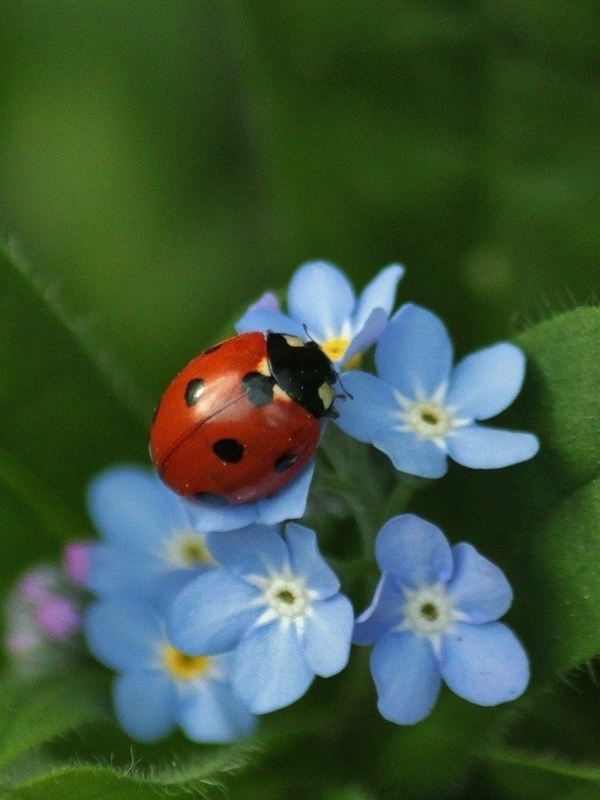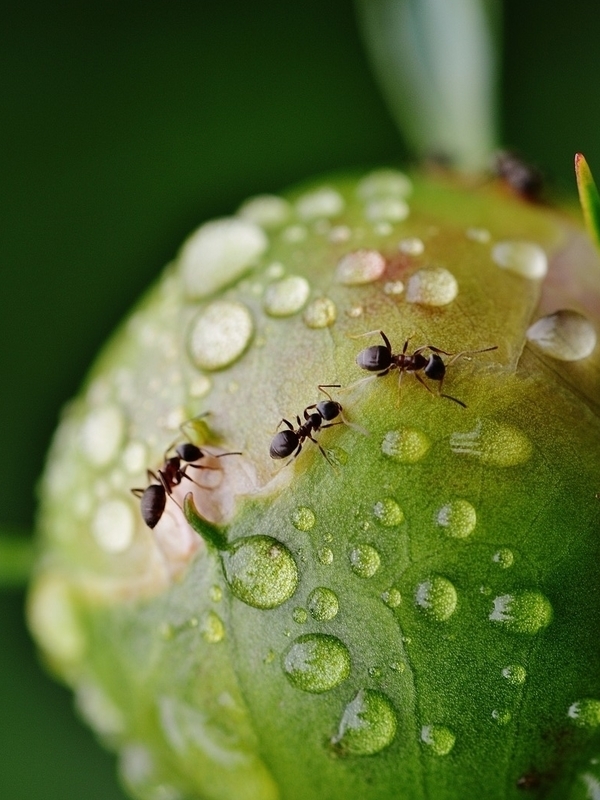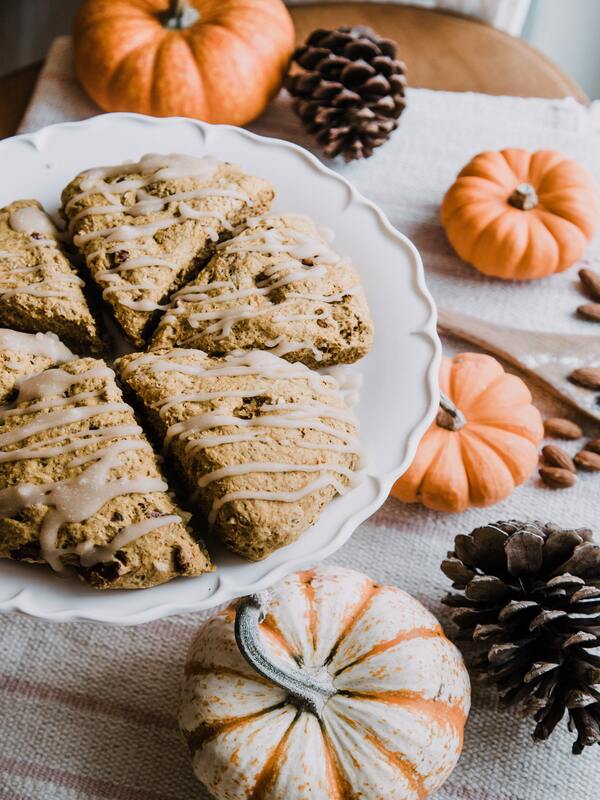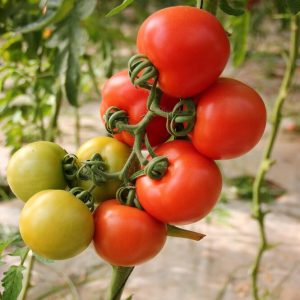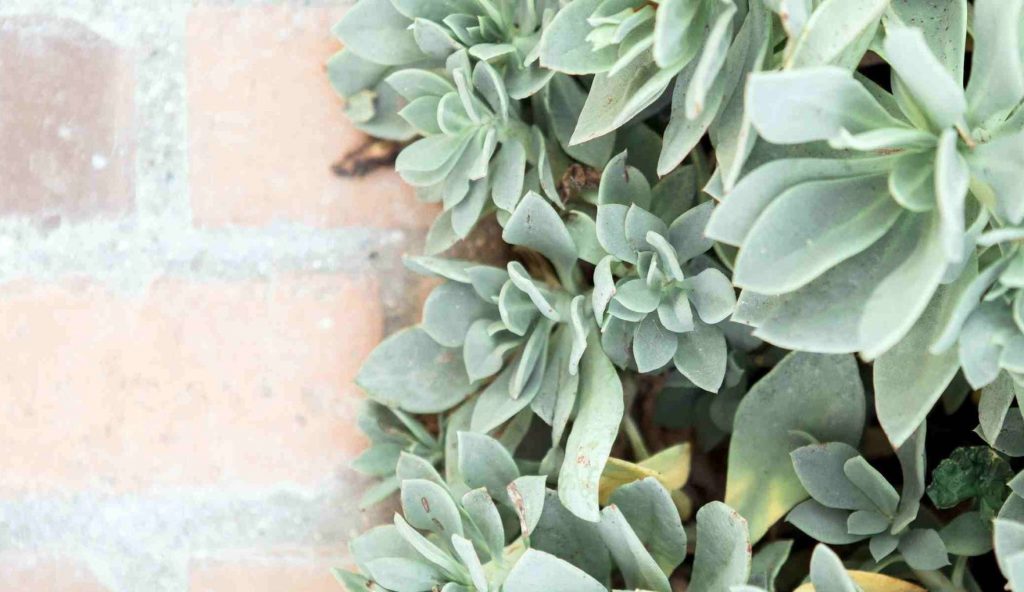In this article: Three Main Categories | Specific Rose Varieties
Roses are one of the most ancient, classic, and beautiful garden plants on Earth. There are a wide variety of rose species and varieties. As a gardener, you have the flexibility to choose the most suitable rose to grow in your organic garden.
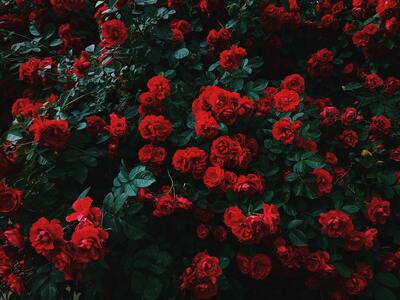
The rose varieties all have unique characteristics. This is in terms of how they spread out the leaves, flowers, climate favorable for each type’s growth, and the growth model. You can also use the best organic flower fertilizers to maintain your growing plants.
Some roses grow throughout all the seasons, while others thrive in a specific season. I will help you distinguish the different types of roses, their particular characteristics, and the most preferred growth places.
Once you have chosen a rose, you can start a rose garden with my step-by-step guide. Enjoy reading!
Three Main Categories of Rose
Even though there are many varieties of roses, they are divided into three main categories:
- Old Garden Roses
- Modern Roses
- Wild Roses
Modern roses are the most prevalent roses available in our gardens since they bloom with a larger bloom size throughout the year. Their adaptability runs throughout the season as compared to the Old Garden Rose.
- Old Garden Roses
“Antique” roses are the common name for Old Garden Roses. They came into existence in early 1867. The most outstanding feature of these roses is their strong fragrance. Moreover, they bloom once in every season as compared to modern roses.
Old Garden Roses have gradually evolved with the changing times. Some gardeners prefer these types of roses because of their hardy state and disease resistance.
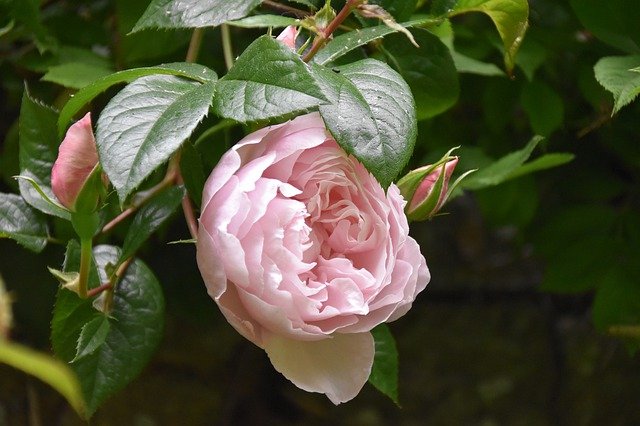
- Modern Garden Roses
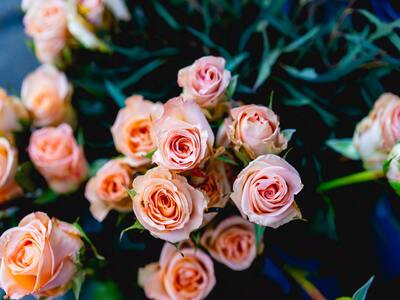
These are the most spread-out type. They came into existence after 1867, replacing the Old Garden Roses. The biggest distinction between these two types of roses is that Old Garden Roses bloom once a year while modern roses offer a continuous bloom throughout the year.
The Modern Garden Roses are also wider when compared to the Old Garden Roses. However, on the downside, they are not hardy and disease resistant.
- Wild Roses
This rose type is mainly referred to as the wildflower rose or “species roses.” It is a rose flower that is not crossbred with any other species to form a modern variety.
They produce five-petal flowers and bloom once. They have a unique pink color, though some appear in red and white with partial rare cases of wild yellow roses.
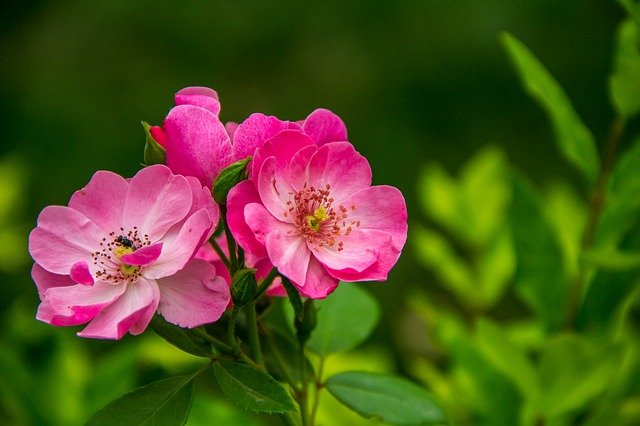
Rose Varieties to Include in Your Garden
I will now discuss the specific rose varieties that you can choose when you create a rose garden. They are all unique in color, leaves spread out, growth cycle, and growing conditions. So you can mix them with the above three main categories or create a separate mini rose garden with these varieties.
- Groundcover Roses
These groundcover roses are also referred to as “landscape” roses. They have a vibrant color, lovely fragrance, and a graceful patterned formation. They are also easy to maintain.
These roses have been closely bred to provide an appealing look as compared to other rose flowers. They grow wider but not taller than three feet. Their low maintenance cost and pest and disease resistance characteristics make them more preferred by gardeners.
- Hybrid Tea Roses
This is one of the most preferred types of roses. They have bountiful long stems which sprout to a height of two meters comprising 30 to 50 petals.
Horticulturalists continue to breed continuously to produce better hybrid roses. Newer varieties are more stable and resistant to most obstacles.
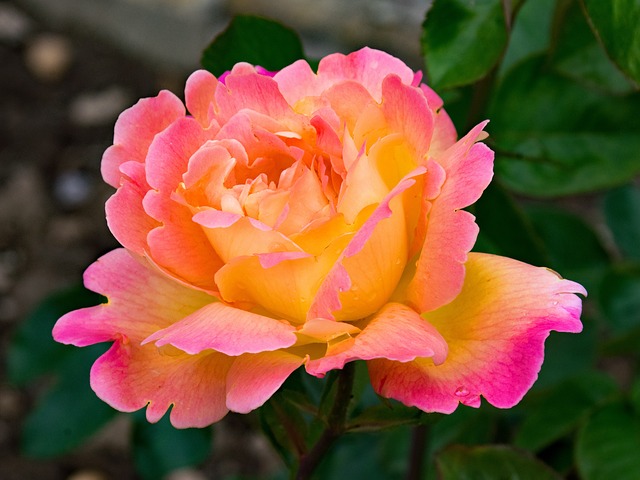
- Miniature Roses
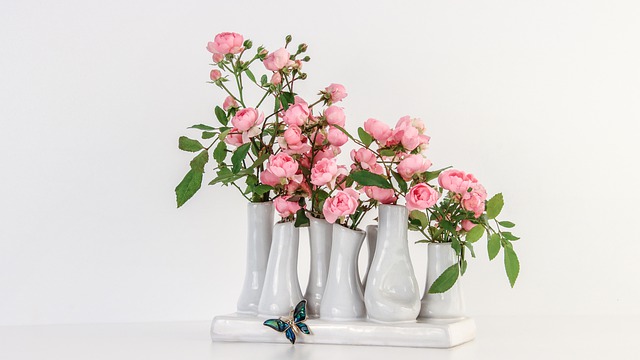
These types of roses are physically shorter with a compact shape. They include the mini flora, Grandiflora, and miniature rose types. They grow slowly to a height of between 15 to 30 inches.
This is as compared to mini flora roses, which provide intermediate-sized blooms.
- Floribunda Roses
Most gardeners and horticulturists highly prefer these rose varieties. This type resembles the Grandiflora roses, which have a large cluster of flowers. They have a continuous bloom that runs 6 to 7 weeks in one cycle.
- Polyantha Roses
These types of roses are similar to the floribunda roses. However, these particular species have smaller and shorter blooms. It is most preferred for hedges, though not appropriate for landscaping.
There are instances where you could find these roses entirely covered with blooms of other smaller flowers. They typically bloom from spring to fall.
This rose variety grows into flowers that are bright white, bright red, and pink. Novice gardeners often prefer these Polyantha roses since they are hardy, require low maintenance, and are disease resistant. As a gardener, you can grow them in pots, containers, or in your garden.
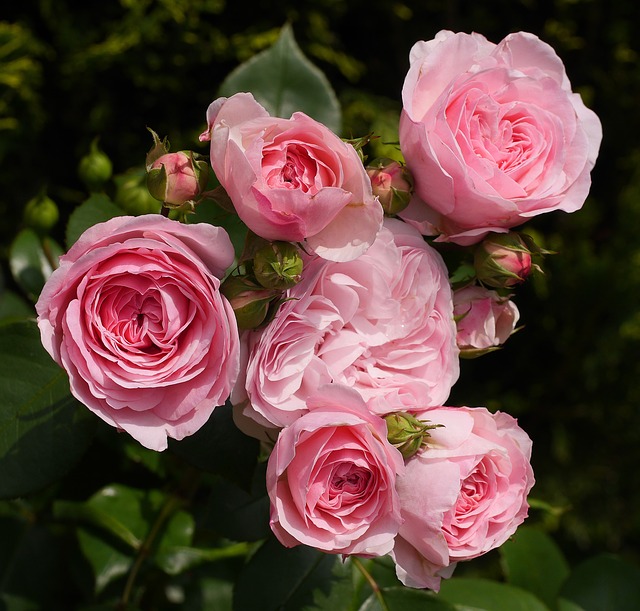
6. Shrub Roses
The shrub roses tend to spread out widely. They can withstand harsh winter conditions and cold temperatures.
They bloom to get bountiful clusters. Another well-known rose variety under the shrub roses is the David Austin English Rose.
- Centifolia Roses
These types of roses are also referred to as “cabbage” roses. They are often referred to that way because they resemble cabbage heads. In France, they are often referred to as “Provence” roses. This is because of a certain place where they used to be grown.
Their flowers commonly grow to become white or pink. However, their blooms usually grow so large, which weighs down the stem making it to sleep. Their lovely scent makes them an excellent ingredient for making perfumes and fragrances. They bloom only at the start of every summer.
Find the Best Types of Roses!
All these rose varieties are great and will make your garden more appealing. However, be cautious of the kind of conditions they all need to ensure they grow well.
Also, remember to test the soil before planting, provide the right organic flower fertilizers, add compost, add mulch to compress weeds and water regularly.
What more would you need to make your garden more appealing?
Wear your gardening clothes, and let’s go and plant some roses!
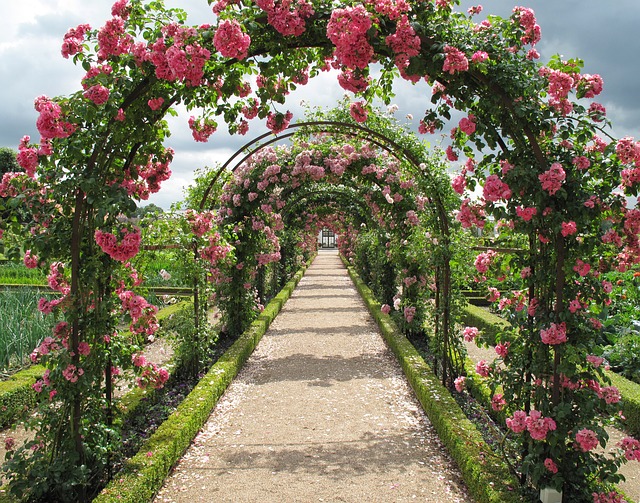
Picture Courtesy: Unsplash.com and Pixabay.com
